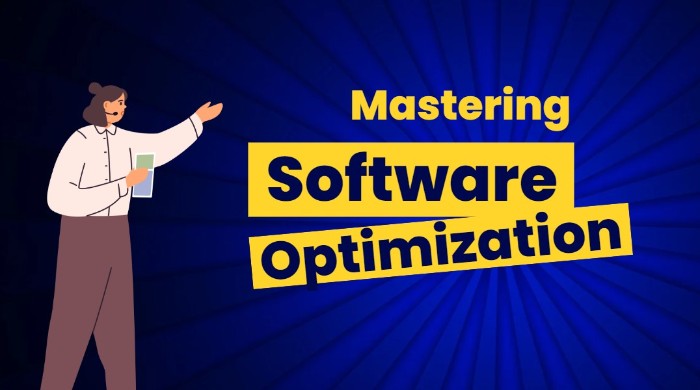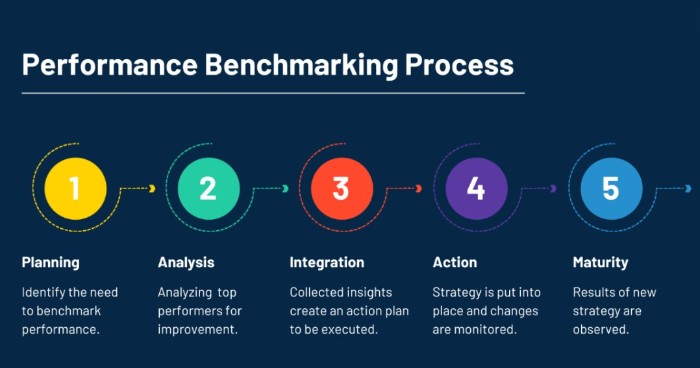Mastering Software Optimization: Key Techniques and Tools for Enhancing Application Performance

Software optimization plays a crucial role in enhancing the performance, efficiency, and overall quality of software applications. Through targeted techniques and sophisticated tools, developers can eliminate bottlenecks, rectify errors, and refine code, design, and architecture. This comprehensive guide delves into essential optimization methods and tools, empowering you to elevate your software projects to new heights of excellence.
1. Code Review: Enhancing Code Quality through Peer Insights

Code Review
Code review is a vital practice where developers critically examine each other’s source code. This method not only identifies and rectifies bugs, security issues, and violations of coding standards but also enhances code readability, maintainability, and consistency. Tools like GitHub, GitLab, CodeClimate, SonarQube, and CodeGuru facilitate automated and collaborative code reviews, fostering knowledge sharing and collaborative improvement among development teams.
2. Testing and Debugging: Foundations of Reliable Software
Testing and debugging are integral to ensuring the functionality, reliability, and quality of software applications. Testing verifies compliance with specified requirements, while debugging pinpoints and resolves code errors. Developers leverage a variety of tools, including unit and integration testing frameworks, performance testers like JMeter, and debugging and static analysis tools, to maintain high standards of software integrity.
3. Profiling and Benchmarking: Measuring Performance Metrics

Profiling and Benchmarking
Profiling and benchmarking are critical for analyzing and enhancing software performance. Profiling tools such as Visual Studio, Xcode, gprof, and Valgrind provide valuable data on execution times, memory usage, and CPU utilization. Benchmarking, performed with tools like Apache Bench, compares performance under various conditions, helping developers optimize applications efficiently.
4. Refactoring and Reengineering: Revitalizing Software Architecture
Refactoring and reengineering are methods aimed at improving software design and architecture while preserving functionality. Tools like Eclipse, IntelliJ IDEA, and ReSharper assist in making code more readable, modular, scalable, and adaptable, ensuring that applications remain robust and future-proof.
5. Optimization Algorithms and Patterns: Solving Complex Problems Efficiently

Optimization Algorithms and Patterns
Optimization algorithms and patterns apply mathematical models and best practices to solve complex computational problems efficiently. These techniques are pivotal in areas such as data sorting, encryption, and machine learning. Developers utilize libraries, frameworks, and APIs to implement these algorithms effectively, enhancing software capability and performance.
6. Parallelization and Distribution: Maximizing Scalability and Performance

Parallelization and Distribution
To further optimize performance, techniques such as parallelization and distribution are used. These methods utilize multiple processors, cores, threads, or machines to execute tasks concurrently. Tools like OpenMP, MPI, CUDA, and platforms like Hadoop and Kubernetes enable developers to scale applications and improve performance significantly.
Conclusion: Continuous Improvement in Software Optimization
In the realm of software development, optimization is an ongoing journey of improvement. Whether through refining code or leveraging advanced computational techniques, the goal remains the same: to build faster, more efficient, and robust applications. We invite you to share your experiences, challenges, or insights on software optimization, as every contribution enriches our collective understanding and capability.


